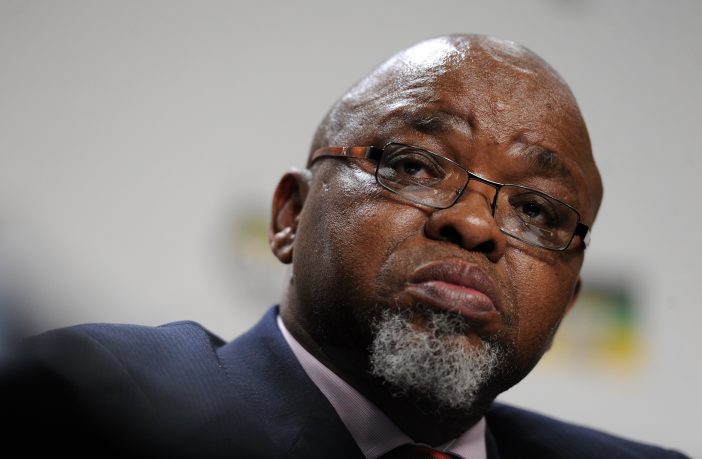Opinion
South African President, Mr Cyril Ramaphosa announced his new cabinet last night. The President has the unenviable job of getting the country’s economy back on track after 10 years of decline under the corrupt Zuma state capture regime.
The appointment of controversial figure Gwede Mantashe in the new combined Minerals and Energy portfolio has raised a few brows. Mantashe has replaced former Minister Jeff Radebe, who has not been reappointment in Cabinet. Like many energy sector commentators, I thought Radebe was doing a good job.
Now 64, Gwede Mantashe is largely considered to be a member of the old guard and many would argue that a young progressive thinker within the ANC ranks may have been a better choice (an engineer at least). On the other hand, it may prove to be an astute appointment by Ramaphosa in light of the heavy hand the unions play in the coal-dominated energy sector.
Mantashe has a coal mining and labour union background. In 1982, at the Matla Colliery, he co-founded and became the Witbank branch chairperson of the National Union of Mineworkers (NUM), a position he held until 1984. He was then elected NUM Regional Secretary in 1985. In recognition of his skills, Mantashe became the NUM’s National Organiser from 1988 to 1993 and its Regional Coordinator between 1993 and 1994.
Mantashe is by no means squeaky clean. It is alleged by the former chief operating officer of Bosasa, Angelo Agrizzi, that the company carried out security upgrades at three of the homes belonging to Mantashe valued at R650 000. Mantashe was never billed for the upgrades. Bosasa, now known as African Global Operations, allegedly bribed top ANC leaders in exchange for lucrative government tenders.
Mantashe most pressing mandate will be to finalise the new Integrated Resource Plan (IRP) which has been through a rigorous public comment programme and now long in the tooth. Will he make changes to the current capacity mix which is weighted to a transition from coal to gas power (8100MW) instead of wind and solar? Read more in the draft IRP.
According to the UN’s Brown to Green Report released at the recent G20 Summit, South Africa’s coal-dominated power sector has the highest emissions intensities in the world which currently stands at 961 gCO2/kWh. The report also highlights a lack of concrete action to phase out coal by the SA Government.
Will Gwede Mantashe be able to transform South Africa’s energy sector into a viable capacity mix that will be environmentally friendly, preserve and deliver jobs plus guarantee affordable electricity?
My answer is no unless he sees climate change through the eyes of his grandchildren.
Author: Bryan Groenendaal















